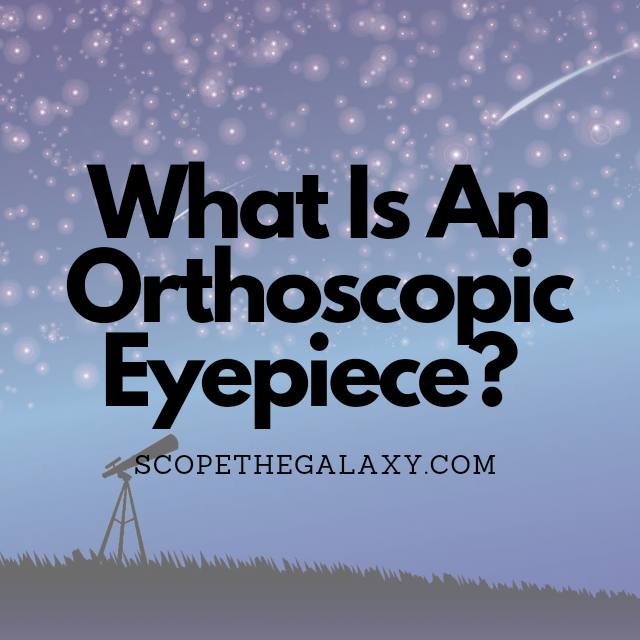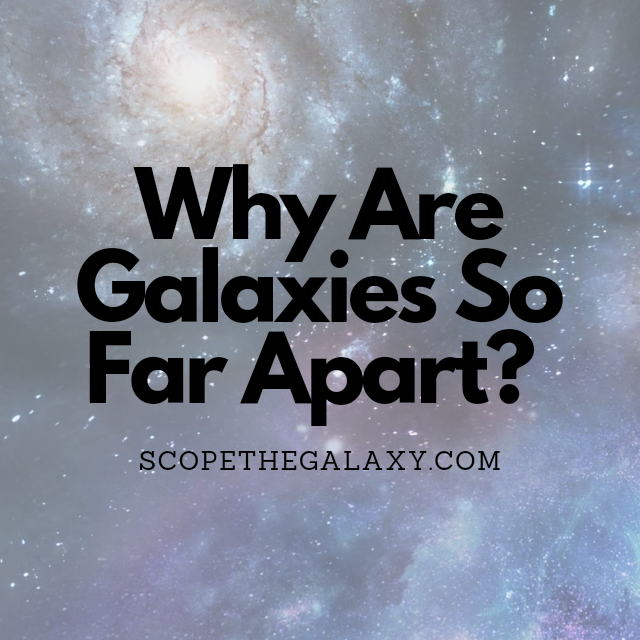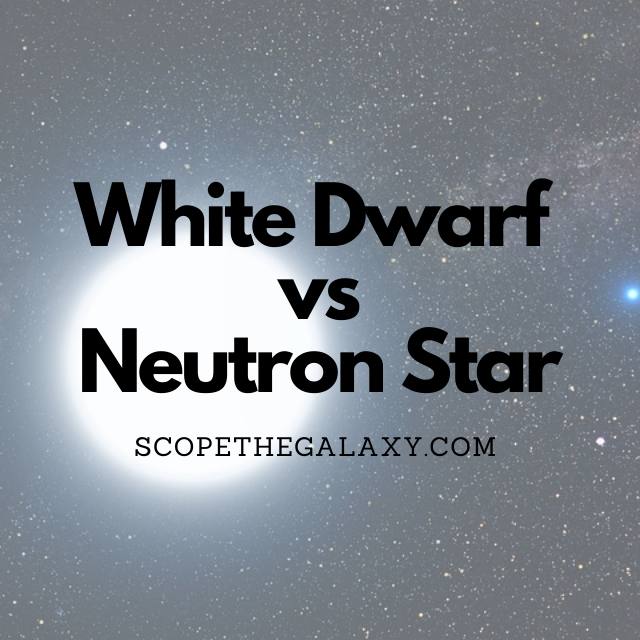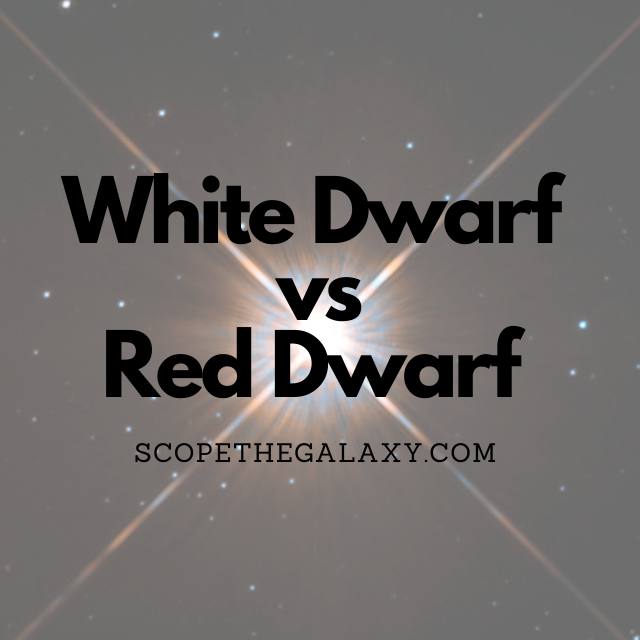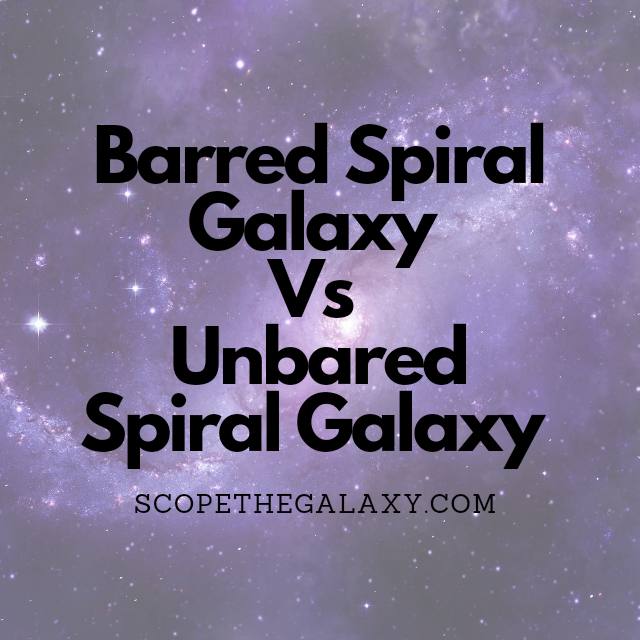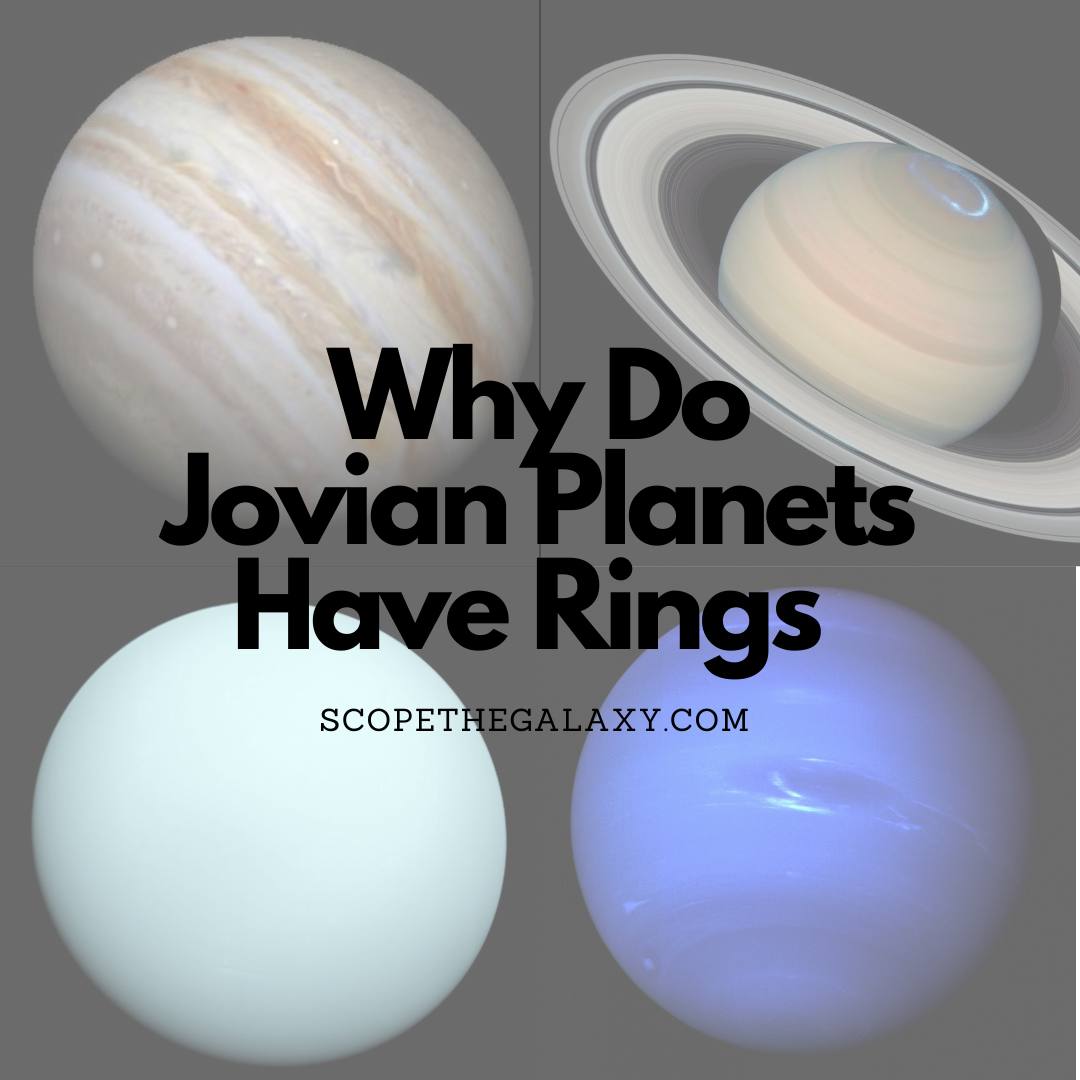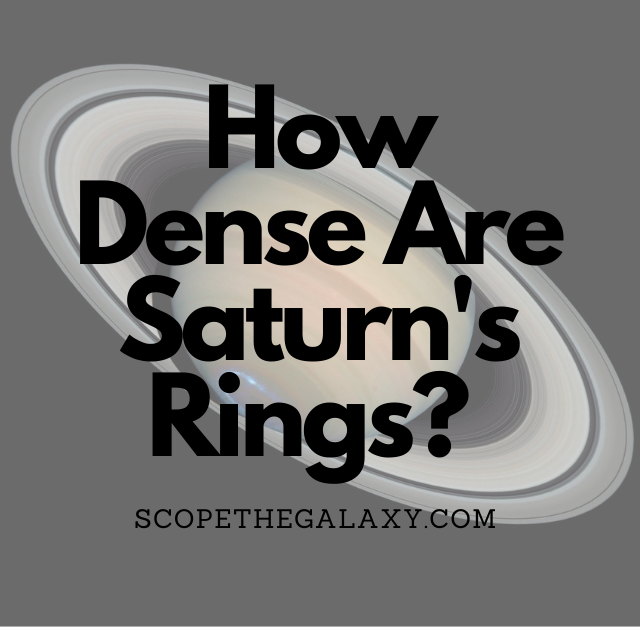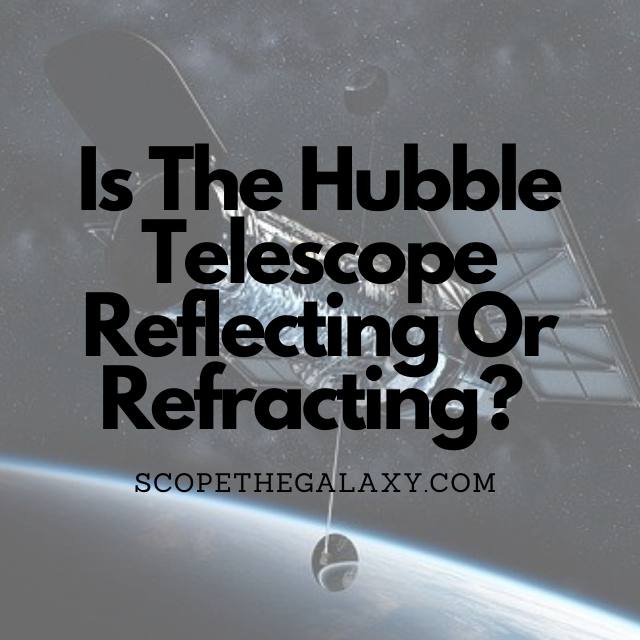What Is An Orthoscopic Eyepiece (Explained!)
The orthoscopic eyepiece has been around for quite some time, as it was originally patented in 1880 by Ernst Abbe. It’s not the �go-to� choice amongst eyepieces anymore, either with microscopes or telescopes, however, it’s been on a sort of �come-back� role in recent years. An orthoscopic eyepiece is a lens that is used primarily … Read more

